Posted on March 23, 2011
Serenity now!
 I’ve been meaning to write something about Firefly for years, but for one reason or another, I’ve never managed to get around to actually doing it. But, since it’s been a topic in the news lately thanks to Nathan Fillion stirring up the fanboys beyond all reason, I thought I’d finally take a few minutes and write something up about why Firefly was such a great show…and why it was doomed to fail from the start.
I’ve been meaning to write something about Firefly for years, but for one reason or another, I’ve never managed to get around to actually doing it. But, since it’s been a topic in the news lately thanks to Nathan Fillion stirring up the fanboys beyond all reason, I thought I’d finally take a few minutes and write something up about why Firefly was such a great show…and why it was doomed to fail from the start.
Let’s begin with three things that made the show so damned good.
- Keep flying
There are many common themes in Joss Whedon’s work, but one of the strongest is the idea that failure is inescapable. That life is short, brutal and unfair – and there’s no great reward coming to any of us. The world will beat us down, but what makes us human is our determination to get back up again. Never give up. Keep flying.
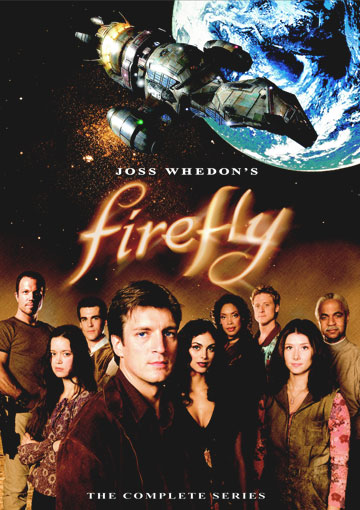 Malcolm Reynolds and Zoe Washburne fought for the losing side of a civil war. Their own forces abandoned them in the battle of Serenity, a name which Mal would later give to his ship. Broken and defeated, the crew of Serenity comes together precisely because they aren’t broken or defeated. Not yet.
Malcolm Reynolds and Zoe Washburne fought for the losing side of a civil war. Their own forces abandoned them in the battle of Serenity, a name which Mal would later give to his ship. Broken and defeated, the crew of Serenity comes together precisely because they aren’t broken or defeated. Not yet.
For Mal, Serenity represents freedom. Freedom from the rules of the Alliance, from the constraints of ‘polite’ society and from every external force in the universe that tries to tell men how to live their lives. Shoved to the “raggedy edge” of society, the ship is always falling apart, the odds are always against her crew and every moment is a struggle to keep going. But that’s what they do. They get back up, they fix the ship, they take their lumps and they keep flying as best they can. And they fail horribly. Because that’s life.
- It’s about people, people.
Firefly wasn’t a show about spaceships or cowboys, or cowboys on spaceships doing spacey, cowboyish things. It was, as any good fiction is, entirely about people. The stories told each week weren’t vast epics about interstellar politics as seen through the eyes of archetypal heroes. That’s Star Wars. Nor were they about an interchangeable crew’s mission to land on a new planet each week to fight aliens in rubber suits between bouts of interspecies erotica. That’s Star Trek.
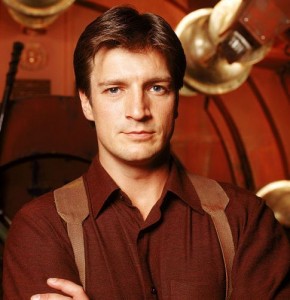 The story of Serenity and her crew was a story of…well, Serenity and her crew. And that story was one of sacrifice, forgiveness, acceptance, love, loss, hope, fear, and all the other things that go into the soup we call people. Malcolm Reynolds was a lost soul, clinging to the fringe of a moral code the rest of the ‘verse abandoned. Zoe Washburne was his disciple, but with one foot in his ideals and the other in more practical, mundane things. Like marriage.
The story of Serenity and her crew was a story of…well, Serenity and her crew. And that story was one of sacrifice, forgiveness, acceptance, love, loss, hope, fear, and all the other things that go into the soup we call people. Malcolm Reynolds was a lost soul, clinging to the fringe of a moral code the rest of the ‘verse abandoned. Zoe Washburne was his disciple, but with one foot in his ideals and the other in more practical, mundane things. Like marriage.
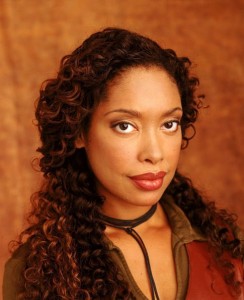 Wash was comic relief, but he was also the other thing Zoe had her foot in. He was often the voice of reason, pointing out the absurdity of Mal’s hardline ways. Jayne was the blunt instrument confused by the goings on around him as much as he was an active participant. He was the selfish, self-gratifying brute struggling with a conscience he never knew he had. Book was the obvious spiritual voice, but his guidance came less from gods and more from the unfortunate experiences of a life best left forgotten. Except when it was needed.
Wash was comic relief, but he was also the other thing Zoe had her foot in. He was often the voice of reason, pointing out the absurdity of Mal’s hardline ways. Jayne was the blunt instrument confused by the goings on around him as much as he was an active participant. He was the selfish, self-gratifying brute struggling with a conscience he never knew he had. Book was the obvious spiritual voice, but his guidance came less from gods and more from the unfortunate experiences of a life best left forgotten. Except when it was needed.
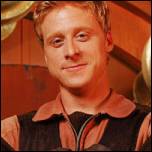 Kaylee and Inara were women who found their femininity from opposite ends. Kaylee was a wide-eyed innocent with deep roots and reckless abandon, while Inara was sophisticated, refined and disciplined. Inara, while the most obvious representation of sex, was the most restricted character on the show. The strict rules of being a Companion both bound and empowered her, and her presence on Serenity was her path to freedom. Kaylee, on the other hand, was anything but refined. She was the down and dirty character most tied to the physicality of being human. The barefoot hippie girl who Mal hired after catching her with her pants down in the engine room went on to paint little flowers on the walls of the mess hall.
Kaylee and Inara were women who found their femininity from opposite ends. Kaylee was a wide-eyed innocent with deep roots and reckless abandon, while Inara was sophisticated, refined and disciplined. Inara, while the most obvious representation of sex, was the most restricted character on the show. The strict rules of being a Companion both bound and empowered her, and her presence on Serenity was her path to freedom. Kaylee, on the other hand, was anything but refined. She was the down and dirty character most tied to the physicality of being human. The barefoot hippie girl who Mal hired after catching her with her pants down in the engine room went on to paint little flowers on the walls of the mess hall.
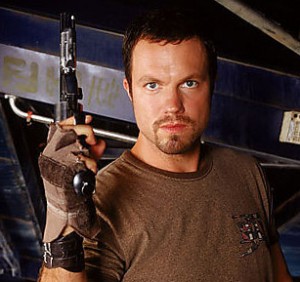 Simon and River were the best and worst of the Alliance: the best of what humanity is capable of achieving – and the worst of what it’s capable of doing to get there. The brother and sister were often the driving force behind much of Serenity’s perils and triumphs, on the one hand a motivating plot device and the strongest ties to family on the other. Which brings me to the last reason Firefly was such a great show.
Simon and River were the best and worst of the Alliance: the best of what humanity is capable of achieving – and the worst of what it’s capable of doing to get there. The brother and sister were often the driving force behind much of Serenity’s perils and triumphs, on the one hand a motivating plot device and the strongest ties to family on the other. Which brings me to the last reason Firefly was such a great show.
- Anyone trying to put their finger on what made Firefly special should open a dictionary to the F’s and put that finger on the word “Family”
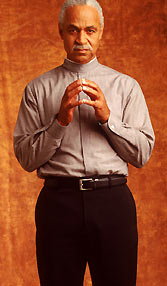 Another theme that Whedon consistently revisits is the concept of family, but not in the traditional sense. The “traditional” family is largely a myth based on a funky twentieth century concept anyway, and Whedon completely disregards it. Accidents of blood have nothing to do with who your family is, or at least they shouldn’t. Your family are those people who stand beside you, who forgive you, who can love and hate and loathe you all at the same time. Our families are whoever we choose to accept into them, and no one is granted free admission just because they share genetic material or were expelled from the same uterus.
Another theme that Whedon consistently revisits is the concept of family, but not in the traditional sense. The “traditional” family is largely a myth based on a funky twentieth century concept anyway, and Whedon completely disregards it. Accidents of blood have nothing to do with who your family is, or at least they shouldn’t. Your family are those people who stand beside you, who forgive you, who can love and hate and loathe you all at the same time. Our families are whoever we choose to accept into them, and no one is granted free admission just because they share genetic material or were expelled from the same uterus.
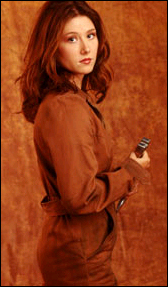 Above everything else that made Firefly special was this sense of Family that the cast of the show brought to the crew of Serenity. They bickered with each other, they fought each other, they backstabbed and double-crossed and rescued each other. And none of them had to be there. No member of the crew was forced to accept any self-righteous uncle or manipulative cousins. Simon and River were the only blood relatives on the boat, and their bond transcended traditional family ties. Simon abandoned his life to rescue River, which meant abandoning their parents. Love had everything to do with it. Blood had nothing.
Above everything else that made Firefly special was this sense of Family that the cast of the show brought to the crew of Serenity. They bickered with each other, they fought each other, they backstabbed and double-crossed and rescued each other. And none of them had to be there. No member of the crew was forced to accept any self-righteous uncle or manipulative cousins. Simon and River were the only blood relatives on the boat, and their bond transcended traditional family ties. Simon abandoned his life to rescue River, which meant abandoning their parents. Love had everything to do with it. Blood had nothing.
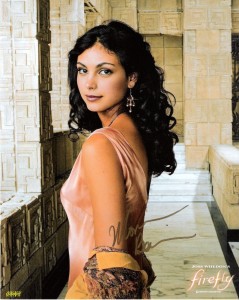 Very few shows are able to capture the bliss and misery of Family as well as Firefly managed to. Maybe it’s because the cast ‘clicked’ off-screen as much as on. Maybe it’s because, after years of exploring the same theme on Buffy and Angel, Whedon had mastered depicting *real* families by the time Firefly rolled around. Maybe it was magic. Maybe it was all of these things.
Very few shows are able to capture the bliss and misery of Family as well as Firefly managed to. Maybe it’s because the cast ‘clicked’ off-screen as much as on. Maybe it’s because, after years of exploring the same theme on Buffy and Angel, Whedon had mastered depicting *real* families by the time Firefly rolled around. Maybe it was magic. Maybe it was all of these things.
Now, let’s move on to that bad stuff: three reasons why Firefly was doomed to cancellation from the beginning. The bad stuff here isn’t necessarily bad stuff. In fact, most of it is quite good. And really, my three reasons for Firefly’s success could easily be listed as three reasons for its failure. You never want to put a show that’s too good on the air. Not if you want it to stay on the air, anyway.
- Beware the Ides of Continuity
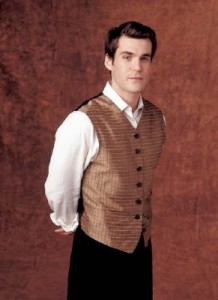 The first of these deals with the hesitation Firefly had with continuity episodes. While one-off episodes are the standard in television, Firefly needed a large story arc told episodically. Whedon’s fans, after being conditioned to continuity for years on Buffy the Vampire Slayer and Angel, expected it – but they’re not the issue. Continuity, for all the wondrous things it brings to a rich and meaty story is usually very bad for primetime television.
The first of these deals with the hesitation Firefly had with continuity episodes. While one-off episodes are the standard in television, Firefly needed a large story arc told episodically. Whedon’s fans, after being conditioned to continuity for years on Buffy the Vampire Slayer and Angel, expected it – but they’re not the issue. Continuity, for all the wondrous things it brings to a rich and meaty story is usually very bad for primetime television.
When it works, it works great. But when it doesn’t, it fails horribly. Understandably, networks are cautious about excessive continuity in new shows. That’s why the first seasons of both Buffy and Angel were mostly one-off episodes about the monster of the week. The idea is that you’re building your audience with the first season, and you can start in with the really good stuff later.
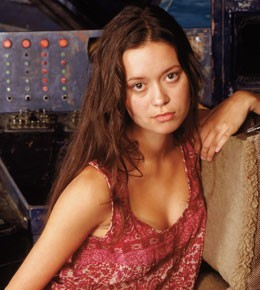 The problem with Firefly taking this approach is that the series begged for a lengthy narrative from the start – and we all knew it had one. It just wasn’t going to show it yet, no matter how much we wanted it to. There was clearly going to be something up with the Reavers and the whole River situation, but Firefly’s first and only season wasn’t too eager to let us in on the secrets. For those, we’d have to wait until several seasons were condensed into one two-hour movie.
The problem with Firefly taking this approach is that the series begged for a lengthy narrative from the start – and we all knew it had one. It just wasn’t going to show it yet, no matter how much we wanted it to. There was clearly going to be something up with the Reavers and the whole River situation, but Firefly’s first and only season wasn’t too eager to let us in on the secrets. For those, we’d have to wait until several seasons were condensed into one two-hour movie.
The lack of continuity from the start really hurt the show, but not enough to get it canceled. Continuity-based shows that aren’t about Kiefer Sutherland going off-mission and torturing terrorists don’t tend to attract a large number of casual viewers for the simple reason that you can’t casually watch a continuity-based program. You have to tune in each week to keep up with the story, otherwise you get lost and are likely to abandon the series altogether. Or just wait for the DVDs. Which a lot of people did.
 The problem with DVD sales for a first season show that gets canceled before airing all of its episodes is that, well, the show is already canceled by the time people ‘discover’ it on DVD. It’s too late to recognize how great the show was after it’s already over, and buying the DVD won’t put it back on the air. Maybe if you hadn’t had anything better to do on Friday nights (a horrible time slot), you could have tuned in. Or maybe you didn’t want to get wrapped up in weekly continuity episodes when you could just wait for the DVD and watch them all at once. But whatever the reason, enough people weren’t watching when it mattered. And by the time they were, it was over.
The problem with DVD sales for a first season show that gets canceled before airing all of its episodes is that, well, the show is already canceled by the time people ‘discover’ it on DVD. It’s too late to recognize how great the show was after it’s already over, and buying the DVD won’t put it back on the air. Maybe if you hadn’t had anything better to do on Friday nights (a horrible time slot), you could have tuned in. Or maybe you didn’t want to get wrapped up in weekly continuity episodes when you could just wait for the DVD and watch them all at once. But whatever the reason, enough people weren’t watching when it mattered. And by the time they were, it was over.
- Hey, you got your Science in my Fiction!
Whedon also shoved a lot of science into his science fiction, although he wasn’t heavy handed about it. And he left a lot of things unsaid, which is a great way to avoid having the Internet tell you how wrong you are about tachyons. What he did do was put in a lot of nods to science without going technobabble crazy, as so many other sci-fi shows are prone to do.
 There is no sound in space: Check.
There is no sound in space: Check.
Lasers are pretty impractical for killing things, so guns still fire bullets: Check.
Guns needs oxygen to fire, so take the time to show a character firing his gun through a spacesuit’s helmet: Check.
There is no reason a spaceship built in space for space travel should have to look like a boat or a rocket or an airplane. Giant skyscraper-like Alliance cruisers: Check.
There are a lot more, but putting too much of the real world into the fantasy tends to make the waterheaded masses tune out. Casual viewers want ray guns and explosions and the poorly-advertised “space whores.” They don’t want to try and figure out why the big boom in space didn’t make a big boom, or why the fact that people using horses on a distant planet actually makes more sense than having everyone float around on hovercrafts.
If you don’t believe me on this, check out the differences in the series and the movie. The movie had sound in space. And hovercrafts. And lots of other things the studio thought would be a really great idea to keep the audience from hating it. Sadly, they were probably right.
- Wait. What is this? I don’t even…
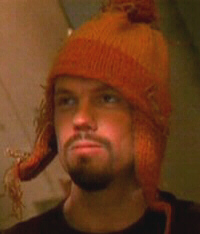 Oddly enough, one of the most endearing things about Whedon’s storytelling is also something that likely played a role in Firefly’s demise. Joss Whedon (along with the many talented writers and producers who’ve worked with him, including folks like Marty Noxon, David Fury and the sublimely talented Jane Espenson, just to name a few) understands the power of narrative.
Oddly enough, one of the most endearing things about Whedon’s storytelling is also something that likely played a role in Firefly’s demise. Joss Whedon (along with the many talented writers and producers who’ve worked with him, including folks like Marty Noxon, David Fury and the sublimely talented Jane Espenson, just to name a few) understands the power of narrative.
He knows the young peasant farmer is supposed to grow up to save the galaxy. He gets that the bomb shouldn’t be diffused until the timer shows only one or two seconds, preferably after it’s already sped up once or twice. After a car crash, one random wheel should go rolling through the frame. Car chases run through fruit stands. The bad guys lose and the good guy gets the girl. He knows all this stuff, but he doesn’t care.
Or rather, he does care. But he subverts it. When the good guy got the girl on Buffy, he turned into an evil, soulless beast who tried to destroy the world. The power of narrative always tries to push a story in one direction: the way stories work. But Whedon and company enjoy pushing things in another direction: the way real life works.
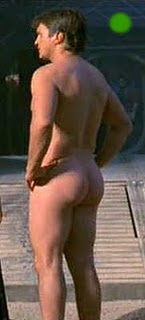 This subversion of the expected narrative path is one of the best things about a Joss Whedon show. It’s also one of the most confusing and off-putting aspects for people who don’t get it. The television audience is not, by and large, keen on subtext. Or subverting accepted norms. Or stories that divert from expected pathways. People only really like the plot twists they see coming.
This subversion of the expected narrative path is one of the best things about a Joss Whedon show. It’s also one of the most confusing and off-putting aspects for people who don’t get it. The television audience is not, by and large, keen on subtext. Or subverting accepted norms. Or stories that divert from expected pathways. People only really like the plot twists they see coming.
They want their heroes to be larger than life, and to overcome enormous obstacles with grace and dignity. What they don’t want is to see them fail over and over again until Nathan Fillion ends up sitting alone and naked in the desert. (Unless they’re into that sort of thing, anyway. Like my wife.)
So that’s my entry on Firefly. It’s nearly a decade overdue, but 2002 doesn’t seem all that long ago. And who knows? Maybe we haven’t heard the last of Serenity’s crew, after all. If the Arrested Development movie can finally get a tentative release date, it’s proof that miracles can still happen. Sometimes.
Until then,
Keep flying.


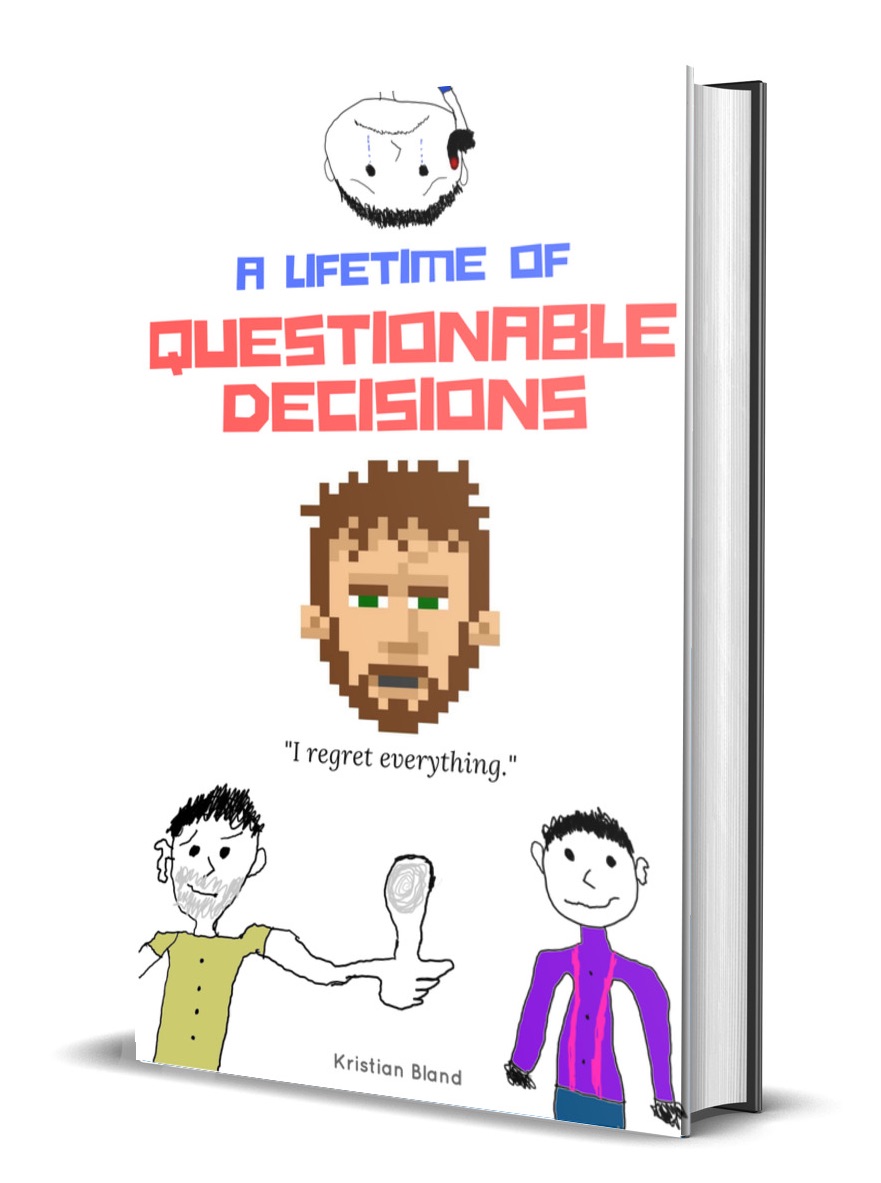




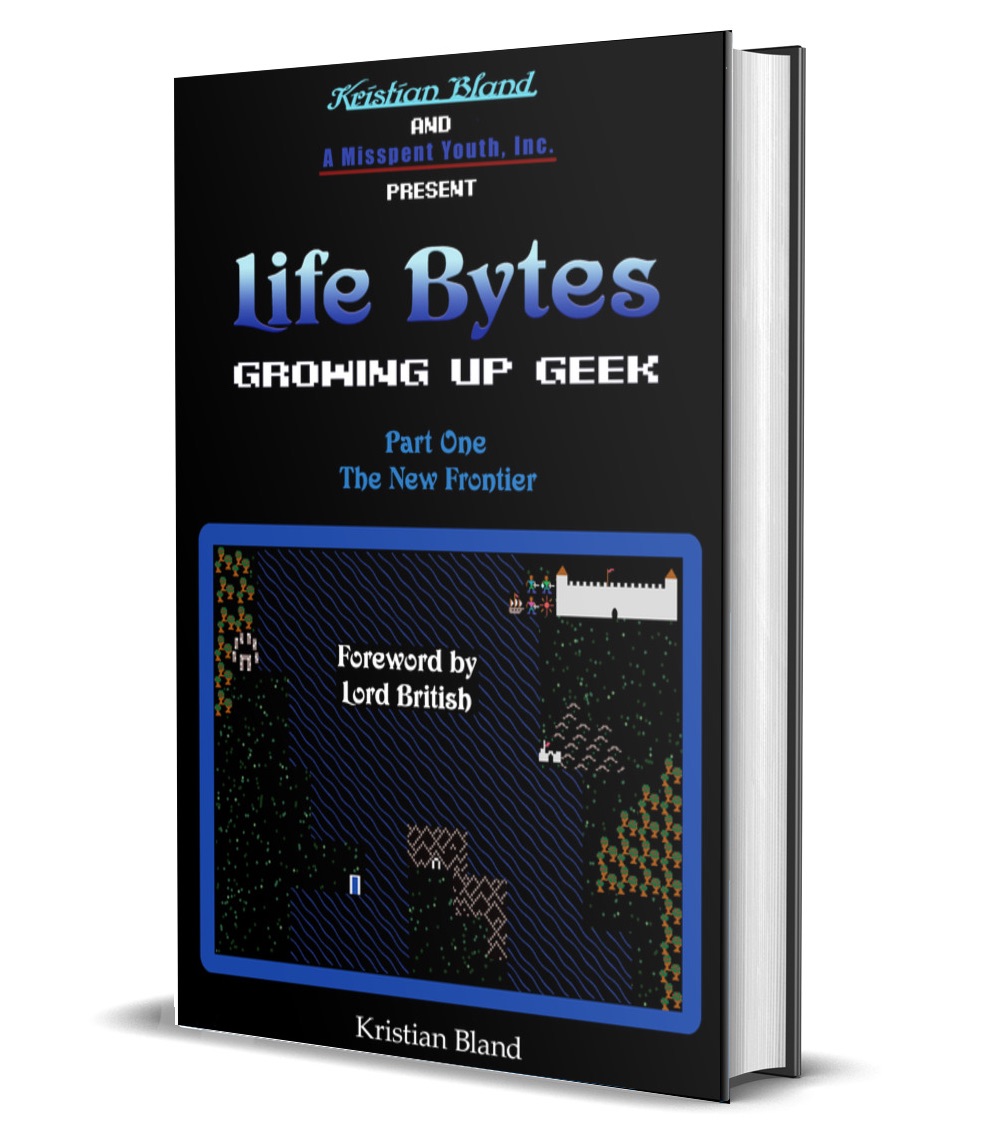
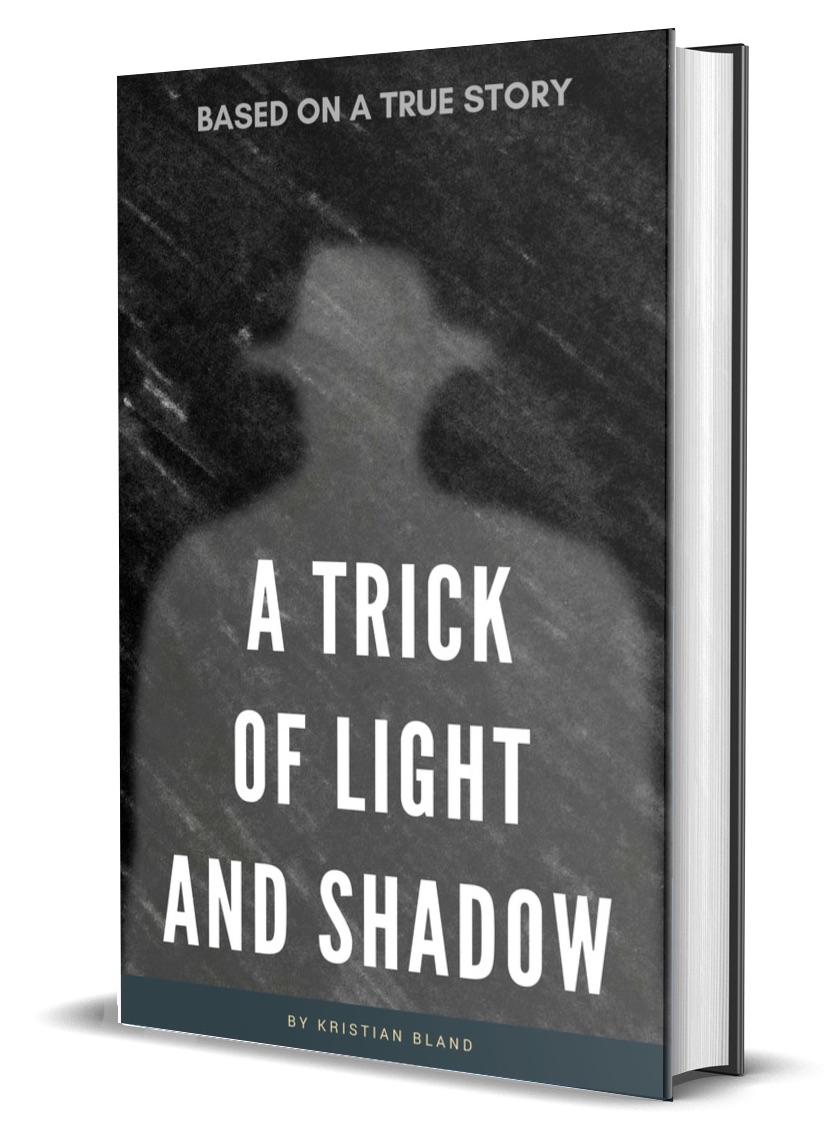
Beautiful. Although “condescend” may have been a Freudian typo. Now stop distracting me from my work with painful memories of my favourite TV series….
Ha! If I thought the movie was bad, it would’ve been a nice fit. Unfortunately(?), I thought Serenity was great, so I fixed it. 🙂